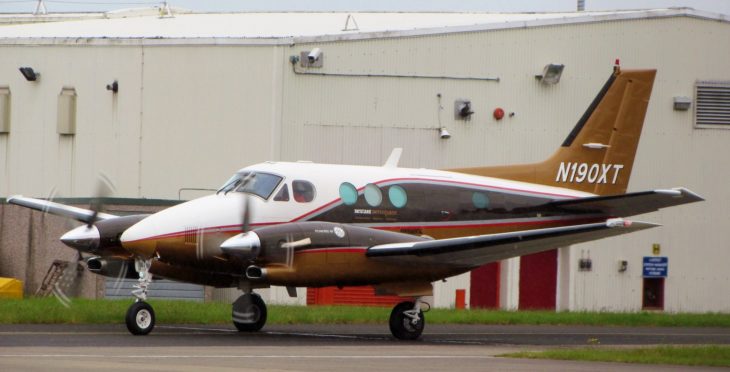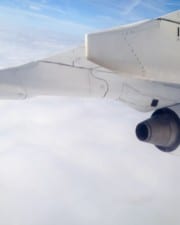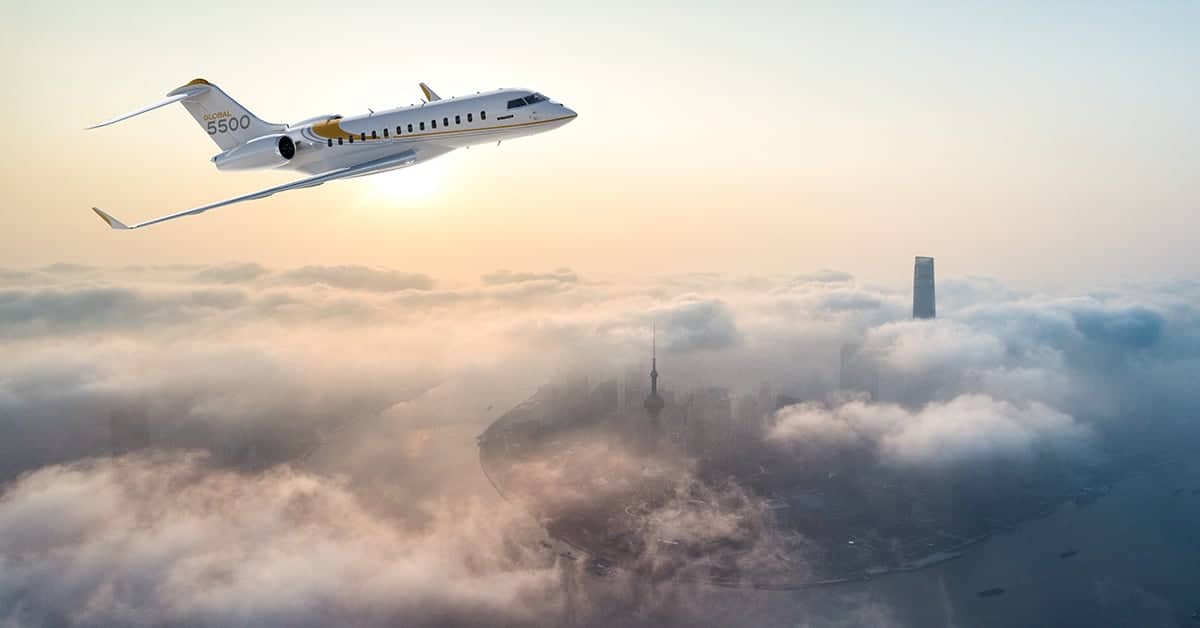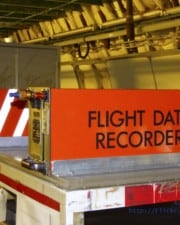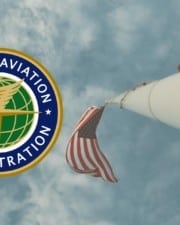Buying an airplane isn’t unlike other major purchases one might make. It’s not much different than buying a car, a house, or a boat. You can choose new or used. You can buy a beautiful ready-to-fly example or a sorry fixer-upper. But there is a striking difference. Cars are well known to only depreciate, but how about planes? Do airplanes appreciate in value?
Table of Contents
TLDR – Yes, some aircraft appreciate in value, and many keep up with inflation. A brand new plane just off the assembly line will lose a large percentage of its value quickly. But older planes that have already depreciated significantly, which are much cheaper than newer options, and models that are in short supply, can sometimes fetch more money as the years go by.
How To Determine Aircraft Value
Determining an aircraft’s value is very closely related to the condition and type of aircraft in question. Some planes become obsolete after a given time. For example, airliners, which are continually being sold off by the airlines and replaced with newer, more efficient models, will eventually become so old as to be obsolete.
Airplanes also have a lifespan. It is generally understood that a plane can keep flying so long as it is inspected and maintained to standards. But at some point, parts needed to maintain it become more costly as they become less common. An older plane needs more servicing and breaks down more often than a newer one.
A result is a plane that has a really low sticker price, one that screams, “Buy me!” Want a classic Boeing 707? You might be able to find one cheap. But with the time and money you spend getting it airworthy again and the amount of maintenance and parts needed to keep it flying, you could’ve bought something newer with fewer hassles. This is the calculus that every flight department knows all too well.

So the cost of a plane is very closely linked to how much maintenance it needs. If the engine is about to need to be replaced, the asking price might be low. But add in the cost of a new engine, and the final costs will probably be as much as one that doesn’t need engine work in the first place.
The type of plane also affects value calculation. Some plane designs haven’t changed much in 50 or more years. Take, for example, the venerable Cessna 172 or Beechcraft Baron. These planes are still produced today, and besides having a new-plane smell, they are really similar to their forebearers.

Small general aviation airplanes like these have a worldwide market, and not many new ones are produced every year. New planes are costly, but older variants can be surprisingly affordable. And there’s nothing on the horizon to suggest that these planes will become obsolete anytime soon. Since they are generally much more lightly used than airliners, their airframes can last decades.
Used Aircraft Price Trends
Under the right set of circumstances, one of these small general aviation planes can appreciate. There’s a little bit of luck involved in it, and it all comes down to supply and demand.
Single-engine airplanes are desirable for flight schools all over the world. Every new pilot, from future airline pilots to future Top Gun fighter aces, learn in this type of plane. Large flight schools can afford to order fleets of planes from the manufacturers. But small schools and independent instructors purchase used airplanes, so there will always be demand for trainers.
Like all costly durable goods, airplanes lose value the moment they leave the factory floor. The transition from new to pre-owned is instant and dramatic.
How much do planes depreciate?
Airplanes used as business assets are depreciated predictably every year down to their residual value. Around this value, the aircraft’s useful life is said to be over for the operator, even though the plane may be perfectly flyable. Most planes are depreciated over 15 to 20 years.
Airplanes that have been fully depreciated include older examples whose retail price has basically bottomed out. This is where an aircraft shopper might find some bargains, and it’s where some aircraft sellers might see their value appreciate every year.
Factors that Affect Aircraft Values
Aircraft are complicated machines, and even the smallest simplest ones are made of many expensive components. When pricing out an airplane, you have to look at them how mechanics do–as a set of components. Each item must be looked at separately and figured into the price. There is the airframe, the engine (or engines), the propellers, the avionics, and a few other important factors to the value.
Airframe
The airframe itself is probably the most durable part of the aircraft. As long as parts are available, few general aviation planes have any life-limited parts. Metal does fatigue, and corrosion is a definite problem. But if a plane is kept clean and maintained and not flown aggressively, it can last decades. Indeed, there are many historic aircraft still flying build in the 1920s or even earlier.
Engines and Props
Engines are another matter, however. Even though they are not as often started as say a car, aircraft engines are run at nearly-full power all of the time. Even with proper care, engines must be overhauled or replaced.
The harder working or higher-performance the engine is, the more often it must be overhauled. Most normally-aspirated aircraft engines can run for about 2,000 hours between overhaul, while high-performance turbo or supercharged models last around 1,500 hours.
Overhauling an engine is no small matter. When a complete overhaul is due, owners often look at three options–disassembly and overhaul, replacing with a factory rebuilt engine or replacing with a brand new engine. Because of the extensive amount of labor involved in dismantling the entire engine and overhauling it, the costs are closer than you might think.

Since the time between overhaul (TBO) is essential, it is nearly always the first thing listed in aircraft sales listings. Time since major overhaul (TSMOH) indicates how many hours are on the plane since it was overhauled; TSN would indicate the time since new. Propellers have similar overhaul and maintenance requirements that engines do.
Avionics
Avionics are another factor in aircraft prices. On an older airplane, older avionics can be obsolete. In the age of glass cockpits and touchscreen interfaces, older options may be perfectly functional but much less desirable than newer options. New avionics for a simple VFR single-engine airplane can easily top $20,000. Obviously, the age and quality of them will affect the plane’s selling price.

Logbooks
Another major factor that affects the price of the plane is its history. Planes need to be maintained regularly by certified A&P mechanics. At the very minimum, the airframe, engine, and propeller must pass an annual inspection. If the FAA has issued Airworthiness Directives (ADs) for any of those components, they must be addressed.
How can an owner prove that these things have been done? The answer lies in the aircraft’s logbooks. Just like pilots keep logbooks of their hours, every plane has a physical set of logbooks where mechanics record everything they do to the plane.
The logbooks are legally very important because they are how an owner or operator would prove that legal requirements have been met. Without the logbooks, how can it be shown that inspections took place? The logbooks prove who did the inspection, where, and when.
What if the logbooks went missing or have unexplained gaps in the plane’s history? That’s a big problem for the buyers because they would then not know if the plane meets the legal requirements to be airworthy—a plane with no logbooks and no recorded maintenance history borders on unsellable. A plane with gaps in its logbook history fetches a significantly lower selling price than one with complete meticulously-kept logbooks.
Cosmetic Condition
These details have been focused on the legal requirements of ownership or safety and maintenance issues. But what about how an aircraft looks to prospective buyers? Some buyers are much more sensitive to aesthetics than others. You may find many shoppers overlook cosmetic issues like outdated paint schemes and worn seats when it comes to older planes. But to fetch top dollar, updating items like these is important.
If an airplane is used for passenger service, cosmetics become much more critical. Passengers don’t want to fly in an old beat-up airplane, and airlines know this. Air carriers and charter operators refresh the interiors of their planes every few years. Paint schemes are updated and kept looking modern, even on older airframes.
The amount of influence that the cosmetic condition has on the plane’s selling price is a factor of how the next owner will use it. But a beat-up airplane is going to fetch a beat-up value on the market.
Do Aircraft Really Appreciate?
When looking at used aircraft values, it’s pretty apparent that most of them hold their value. Travelers Financial made a comparison of prices of an older Cessna 180. While the plane sold new for $17,900 in 1968, that same airframe is worth $100,000-$150,000 today. That seems like an impressive amount of appreciation.
But for a seller to make more money on the final sale is debatable. All of the inspections and maintenance that a plane required to cost a lot of money over the years of ownership. To be actual depreciation, inflation must be considered. Corrected to 2020 dollars, that Cessna 180 sold for more than $135,000. Any upgrades made to the plane, especially things like avionics, will quickly negate any genuine appreciation.
Yes, some aircraft appreciate, and many keep up with inflation. That makes them significantly better investments than cars, for example. But there are too many factors influencing individual aircraft sales to say with authority that any particular one will appreciate.
Related Posts
